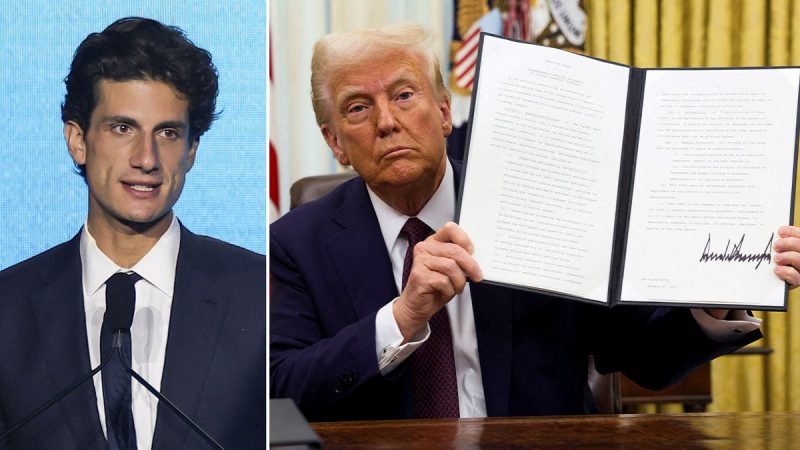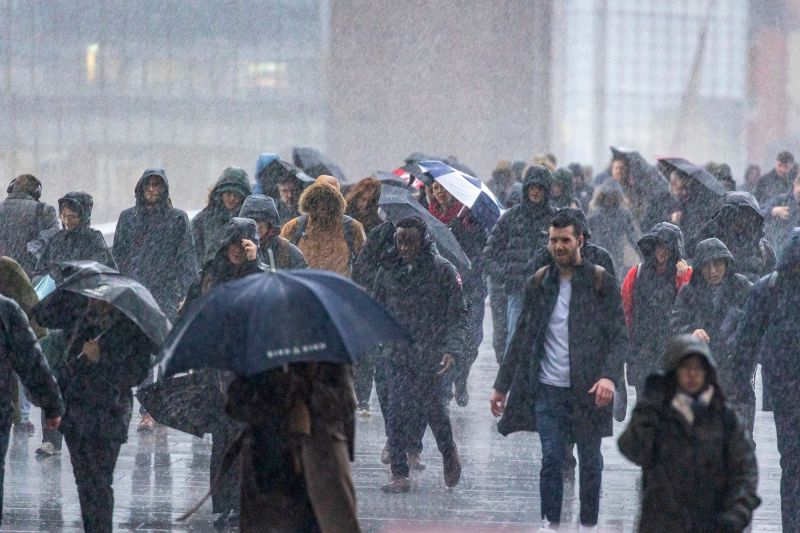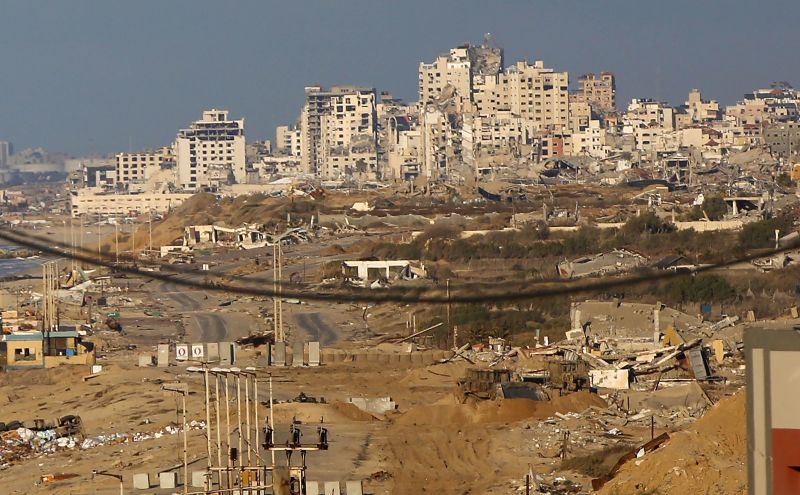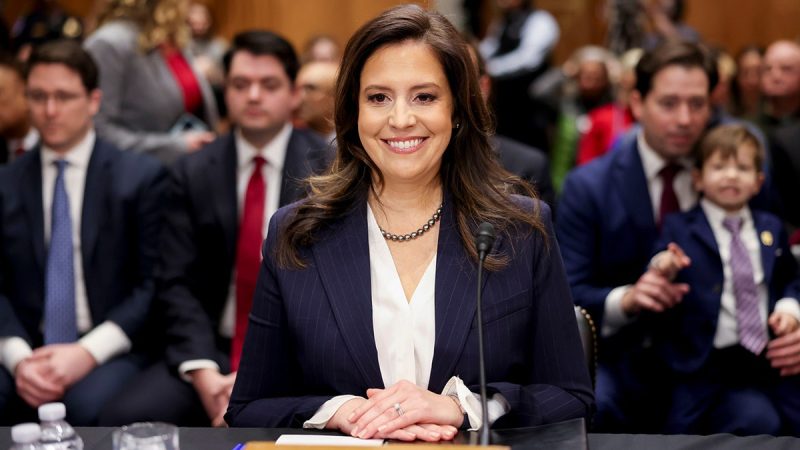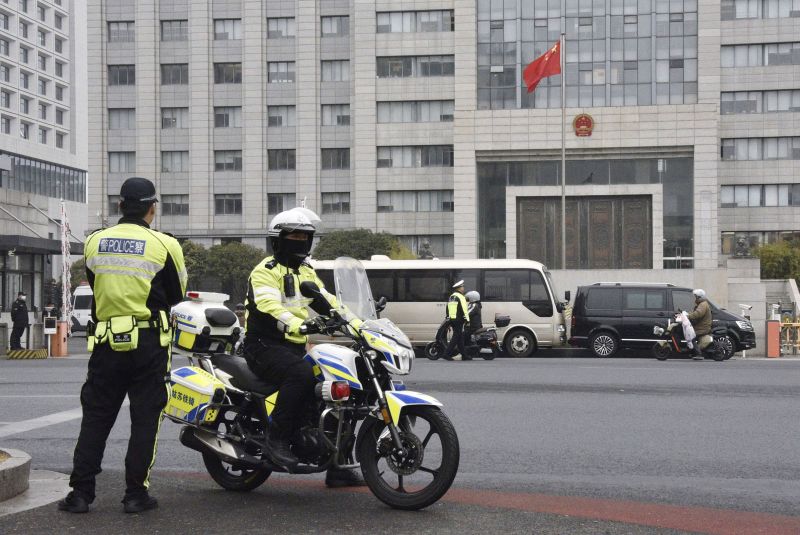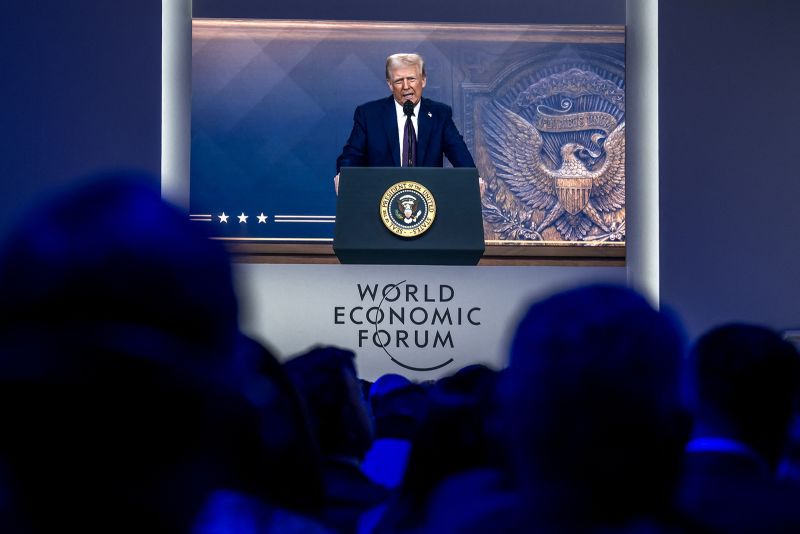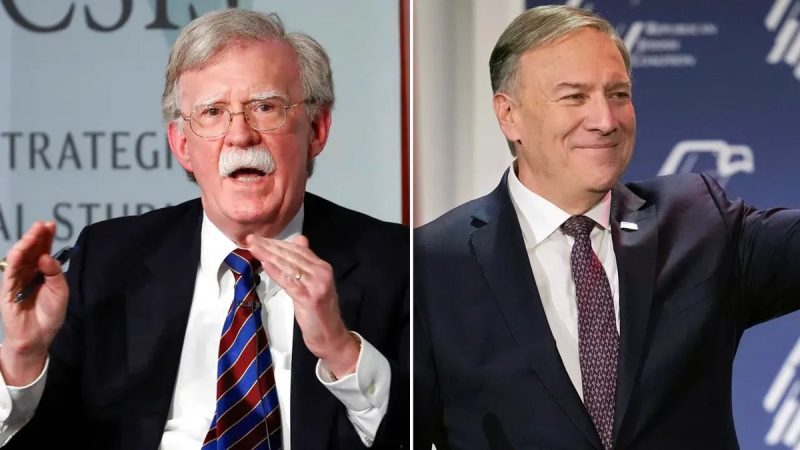
If President Donald Trump’s personnel moves are any tell, he may come out of the gate toward Iran with a tone that is more diplomatic than combative.
And Trump on Thursday evening suggested he was open to a nuclear deal with Iran.
Asked if he would support Israel striking Iran’s nuclear facilities, Trump told reporters, ‘We’ll have to see. I’m going to be meeting with various people over the next couple of days. We’ll see, but hopefully that could be worked out without having to worry about it.’
‘Iran hopefully will make a deal. I mean, they don’t make a deal, I guess that’s OK, too.’
Iran, at least, is hoping for just that. The Tehran Times, a regime-linked English language newspaper, questioned in a recent article whether the firing of Brian Hook, the architect of the ‘maximum pressure’ policy on Iran during Trump’s first term, could ‘signal a change in [Trump’s] Iran policy.’
In November, news outlets reported that Hook was running the transition at the State Department. But Hook was relieved from the transition team shortly after in December, sources familiar with the move confirmed to Fox News Digital.
This week, Trump knocked Hook back a step further by posting on social media that he’d be removed from his position at a U.S. government-owned think tank.
‘Brian Hook from the Wilson Center for Scholars… YOU’RE FIRED!’ Trump wrote on Truth Social.
And after taking office, Trump removed the government-sponsored security details of former Secretary of State Mike Pompeo, a source familiar confirmed to Fox News Digital.
Former National Security Advisor John Bolton told CNN his detail was also pulled, as was Hook’s.
‘You can’t have [protection] for the rest of your life. Do you want to have a large deal of people guarding people for the rest of their lives? I mean, there’s risks to everything,’ Trump said.
Trump recently put his Middle East envoy, Steven Witkoff, in charge of addressing U.S. concerns about Iran, according to a Financial Times report.
Witkoff most recently helped seal negotiations on a ceasefire deal between Hamas and Israel, suggesting he may test Iran’s willingness to engage at the negotiating table on nuclear issues before ramping up pressure, sources told the Financial Times.
Experts warn that Iran is enriching hundreds of pounds of uranium to the 60% purity threshold, shy of the 90% purity levels needed to develop a nuclear bomb.
At the same time, the president hired Michael Dimino as deputy assistant secretary of defense for the Middle East, a foreign policy expert who has said the Middle East doesn’t ‘really matter’ to U.S. interests any longer.
Dimino is cut from the same cloth as undersecretary of defense for policy Elbridge Colby, who has argued for the U.S. to focus military resources on countering China and devote fewer resources to other regions.
Dimino, a former expert at the Koch-funded restraint advocacy think tank Defense Priorities, has strongly advocated for pulling U.S. resources out of the Middle East.
‘The core question is: Does the Middle East still matter?’ Dimino said during a panel last February. ‘The answer is: not really, not really for U.S. interests. What I would say is that vital or existential U.S. interests in the Middle East are best characterized as minimal to non-existent.’
‘We are really there to counter Iran and that is really at the behest of the Israelis and Saudis,’ he added.
‘Iranian power remains both exaggerated and misunderstood. Its economy continues to underperform, and its conventional military is antiquated and untested. Tehran simply doesn’t have the financial capital or hard power capabilities to dominate the Middle East or directly threaten core U.S. interests,’ he wrote in a 2023 article.
Dimino has also argued the U.S. does not need to focus resources on an offensive campaign against the Houthis amid attacks on shipping lanes in the Red Sea.
‘Put simply, there are no existential or vital U.S. national interests at stake in Yemen and very little is at stake for the U.S. economically in the Red Sea.’
Instead, he argued in a 2023 op-ed that working to increase aid into Gaza would rid the Houthis of their stated reason for their attacks in the Red Sea, which they’ve said are a means of fighting on behalf of Gaza.
‘Working to increase aid shipments to Gaza would not just help to alleviate the humanitarian crisis there but would deprive the Houthis of their claimed justification for attacks in the Red Sea and provide the group with an off-ramp for de-escalation that would also serve to prevent indefinite U.S. participation in a broader regional war.’
Others in Trump’s foreign policy orbit historically have struck a more hawkish tone toward Iran, including Secretary of State Marco Rubio, National Security Advisor Mike Waltz and Israel Ambassador Mike Huckabee.
Rubio has already said he will work to bring back the snapback sanctions that were suspended in the 2015 Iran deal, as indicated by written responses he provided to Sen. Ted Cruz, R-Texas.
‘A policy of maximum pressure must be reinstated, and it must be reinstated with the help of the rest of the globe, and that includes standing with the Iranian people and their aspirations for democracy,’ Gen. Keith Kellogg, Trump’s envoy to Russia and Ukraine, recently said.
The Dimino hiring – along with other recent personnel moves – has caused rumblings from prominent Iran hawks.
Mark Levin, a radio host who has the ear of Trump, has posted on X multiple times in opposition to Dimino: ‘How’d this creep get a top DoD position?’ he asked in one post.
‘While Dimino and Witkoff are very different issues, Witkoff is Trump’s best friend, [it] seems difficult to detangle, very concerning,’ said one Iran expert. ‘Dimino is a mystery and does not align with Hegseth or Trump values on Iran or Israel.’
‘There is an ongoing coordinated effort by Iran’s regime and its lobby network in the West to cause divisions in President Trump’s administration over policy towards Tehran,’ Kasra Aarabi, director of research on Iran’s Revolutionary Guard at the group United Against a Nuclear Iran, told Fox News Digital.
‘Having spent the past four years trying – and failing – to assassinate President Trump, the ayatollah has now instructed his propagandists to cause fissures between President Trump and his advisors so as to weaken the new administration’s policy towards [the] Islamist regime.’
Aarabi warned, ‘In the past 48 hours, Ayatollah Khamenei-run entities in Iran’s regime – such as the ‘Islamic Propaganda Organization’ – have been celebrating certain appointments across the broader administration in the same way as they praised some of former president Biden’s appointments.’
This post appeared first on FOX NEWS
